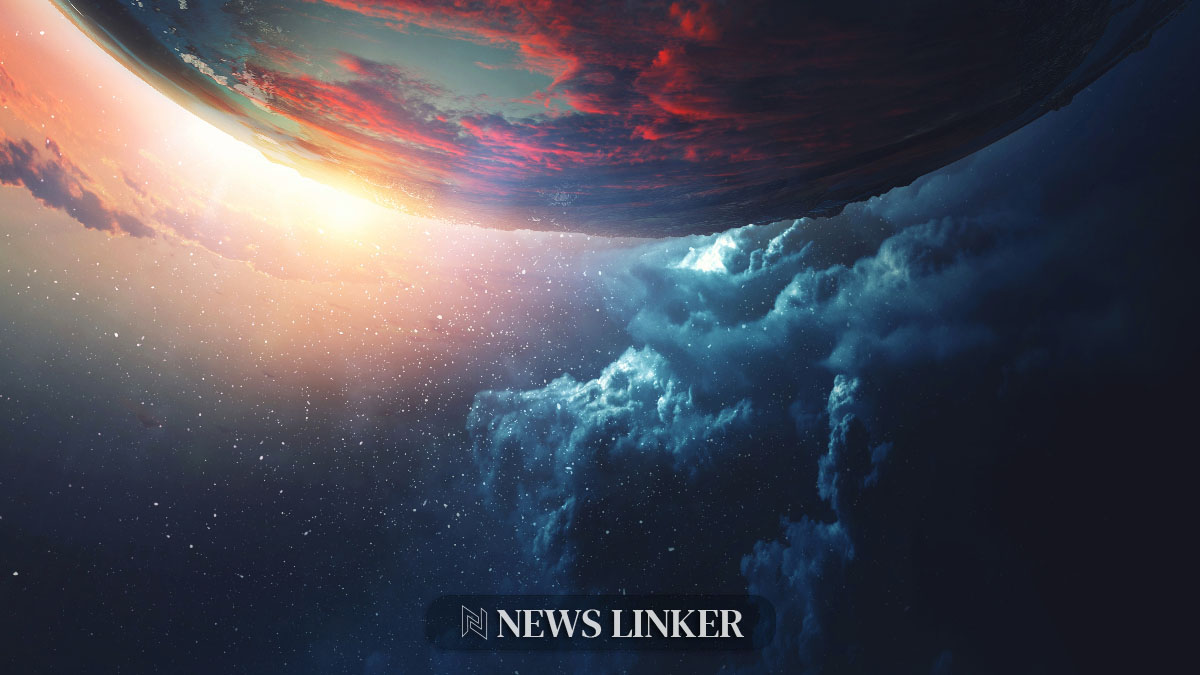The Hubble Space Telescope, a joint project of NASA and the European Space Agency (ESA), recently captured a stunning image of the barred spiral galaxy NGC 3783, located approximately 130 million light-years away in the constellation Centaurus. This image beautifully showcases the galaxy’s bright center and spiral arms, intertwined with luminous stars, setting a spectacular scene in the cosmos. The picture also features the star HD 101274, notably brighter than its backdrop, creating a visual pairing with the galaxy despite being significantly closer to Earth.
Understanding the Composition and Structure of NGC 3783
NGC 3783 is known among astronomers for its active galactic nucleus classified as a Seyfert type, which means it has a very bright center that is visible from great distances. The Hubble’s imagery has dissected this brightness to reveal the structures within, showing a central bar and tightly wound spiral arms that dust lanes subtly accentuate. This level of detail helps scientists understand not only the formation processes of such galaxies but also the dynamics within them, including star formation and central black hole activities.
Comparative Analysis with Similar Galactic Observations
Observations of similar galaxies show that NGC 3783 is not an anomaly. For instance, the Whirlpool Galaxy, as photographed by Hubble previously, also presents defined spiral arms and a vivid central region, characteristics typical of Seyfert galaxies. This suggests a pattern in how active galactic nuclei contribute to their host galaxies’ luminosity and structural configuration, valuable for ongoing research and theories about galaxy evolution.
Insights from Academic Research
A recent study published in the Astrophysical Journal titled “Spectral Observations of Seyfert Galaxies” by a team of astronomers delves into the specific properties that define Seyfert galaxies like NGC 3783. The study discusses how the intense brightness of the nucleus is often enveloped in interstellar material, which significantly influences the light we observe from these distant galaxies. Such findings align with the observational data provided by Hubble, further supporting the theories of active galactic nuclei.
Helpful Points
- NGC 3783 is an ideal study subject for understanding barred spiral galaxies.
- The prominent brightness of NGC 3783’s center characterizes Seyfert galaxies.
- Comparative studies with other galaxies can reveal common attributes and behaviors.
The recent Hubble image of NGC 3783 not only adds to the aesthetic documentation of our universe but also enriches scientific knowledge on the mechanics of galaxies. It exemplifies the type of Seyfert galaxy, characterized by its bright nucleus, and provides a comparative framework for similar cosmic bodies. Alongside other celestial observations, it helps piece together the puzzle of our universe’s vast and varied properties. Thus, astronomers continue to rely on Hubble’s detailed captures to build a broader understanding of space, one galaxy at a time.










